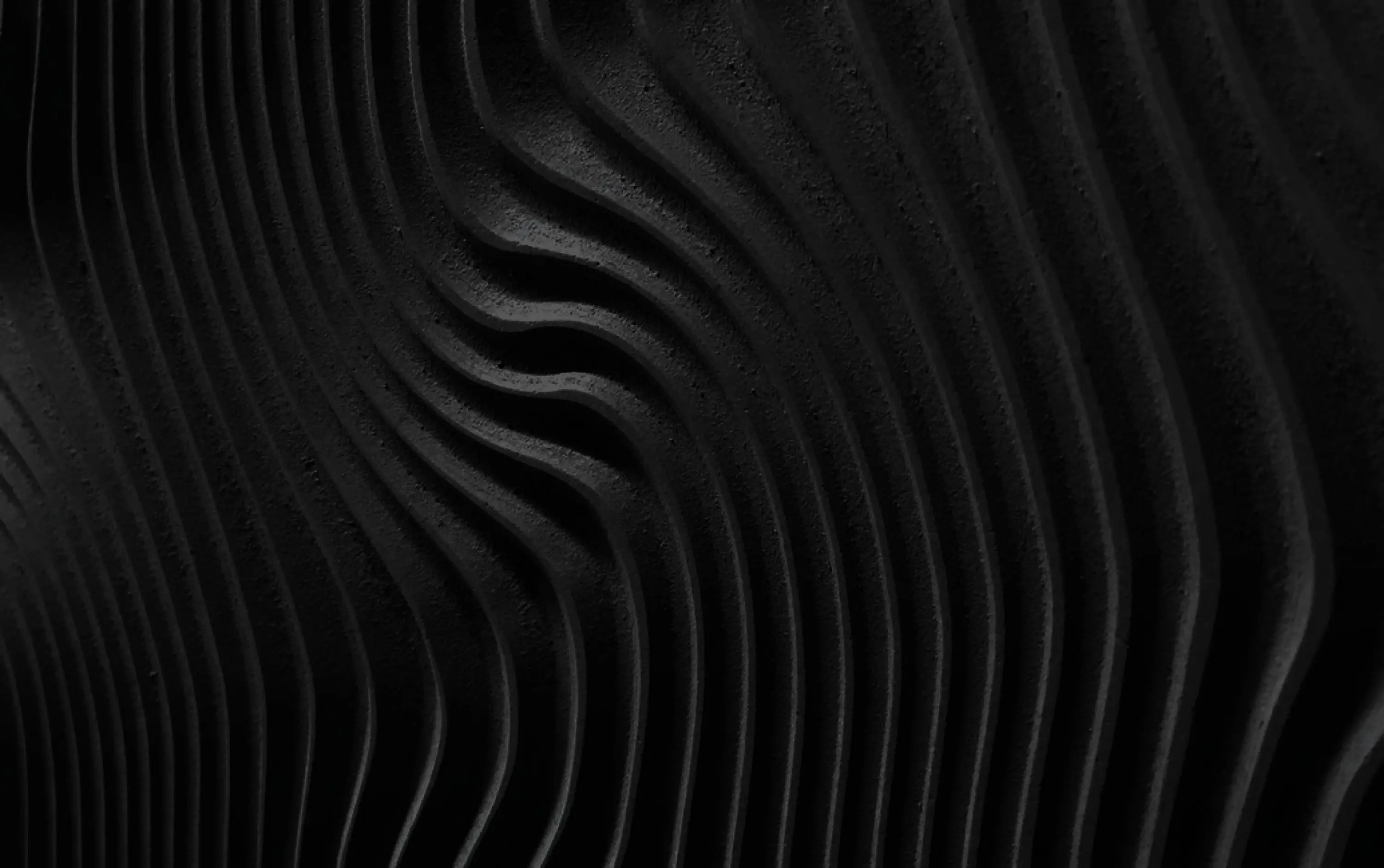Geometrical simulations in Acoustics
In acoustics-driven architecture and design, the need for precision in sound simulations is paramount. Sophisticated geometrical solvers offer an effective, high-frequency simulation approach, particularly for large environments such as concert halls, auditoriums, and multi-story office spaces. Treble integrates these solvers as a cornerstone of its simulation capabilities, particularly within the acoustic simulation software. This blog delves into how Treble’s geometrical solvers operate, their technical strengths, and why they’re indispensable for acousticians and design professionals seeking efficient, scalable sound solutions.
Key takeaways
- Geometrical solvers treat sound propagation as ray paths, optimizing simulations for large-scale environments and high-frequency scenarios.
- Treble combines geometrical and wave-based methods, creating a spectrum-wide acoustic modeling solution.
- By simplifying sound-wave complexity into ray paths, geometrical solvers offer acousticians a practical tool for fast, reliable modeling in large environments, ensuring project efficiency
What Are Geometrical Simulations?
Geometrical solvers simplify sound propagation by treating sound as discrete rays rather than waves, aligning well with high-frequency, large-space simulations where sound behaves predictably. This approach, based on ray theory, allows accurate modeling of sound paths as they reflect, scatter, and interact with complex surfaces.
For high-frequency sounds and large interior environments, simulating individual sound waves is computationally intensive and may not yield substantial accuracy gains. By simplifying these complexities into ray paths, geometrical solvers offer a robust, efficient approach to model high-frequency reflections and absorptions accurately.
Technical Approach: How Geometrical Solvers Work
The foundational technology of geometrical solvers at Treble includes several methods optimized for distinct scenarios:
- Image Source Method: Ideal for early reflections, this method calculates how sound reflects off surfaces by generating virtual sources for each reflection. Particularly effective for handling first-order reflections, the image source method provides reliable accuracy for direct sound and primary reflections in architectural spaces.
- Ray-Radiosity: Treble’s ray-radiosity method is designed for environments with complex surface interactions. This technique simulates sound energy by distributing it across surfaces, calculating how energy radiates within a space, which allows for efficient modeling of diffuse reflections that characterize spaces with non-uniform surfaces.
- Scattering and Diffusion Models: Realistic acoustic simulation requires addressing how surfaces scatter sound. Treble integrates complex scattering models that allow solvers to account for irregular surface diffusion, capturing sound behavior across diverse materials and geometries. This precision in scattering helps achieve detailed acoustic profiles, essential for environments like auditoriums and conference halls.
- Directivity Modeling: Treble’s solvers incorporate directivity patterns, allowing for accurate sound-source modeling that reflects the physical characteristics of speakers, instruments, or other sound-emitting objects. This feature enhances realism, especially in performance spaces where the directionality of sound significantly impacts auditory perception.
Treble’s Hybrid Simulation: Integrating Wave and Ray Approaches
With Treble, you can combine geometrical solvers with wave-based techniques, ensuring a comprehensive simulation across the entire frequency range. While geometrical solvers efficiently handle high-frequency sound reflections and scattering in large spaces, wave-based methods capture low-frequency phenomena like diffraction, essential in smaller spaces or where nuanced wave behavior impacts the design. This hybrid approach enables Treble to cover scenarios from large public spaces to detailed room simulations.
Applications of Geometrical Solvers in Acoustic Simulations
Geometrical solvers excel in applications where high-frequency sound propagation and complex surface interactions are predominant:
- Concert Halls and Auditoriums: Geometrical solvers in Treble’s platform allow acousticians to model reflections, reverberations, and sound diffusion, enabling an acoustically balanced design. By integrating image source and ray-radiosity methods, Treble supports detailed simulations of audience-area acoustics, ensuring optimal sound clarity and immersive audio experiences for all seats.
- Office Spaces and Open Plan Areas: In dynamic office layouts, controlling noise propagation and achieving speech clarity are critical. Geometrical solvers simulate how sound behaves within these large, interconnected spaces, helping designers optimize layouts, materials, and acoustic treatments to achieve desired noise control.
- Complex Architectural Spaces: Treble’s scattering and diffusion models become instrumental in ensuring that sound behaves predictably across varying surfaces and materials, essential for spaces with irregular layouts or unconventional materials.
Real-World Impact of Geometrical Solvers
The adoption of geometrical solvers in Treble’s platform transforms traditional acoustic design.
By visualizing sound paths and reflections, designers can identify areas where sound is likely to accumulate or cause interference, guiding the selection of acoustic treatments to minimize noise. Additionally, designers can optimize speaker locations for balanced coverage and minimal echo, achieving uniform sound distribution in complex environments.
Conclusion
Treble’s geometrical solvers bring advanced, physics-driven solutions to large-scale acoustic simulation, empowering designers and acousticians to tackle high-frequency sound modeling with precision and efficiency. Combined with wave-based methods, they form a comprehensive toolkit that addresses the full acoustic spectrum, ensuring that projects meet the highest standards of acoustic performance.
Links
- Read about the technology behind our geometrical solver in detail here.
- Curious about how wave-based solvers work? Read our blog on wave-based solvers.
- Explore the full range of features in our acoustic simulation platform Treble and see how it can elevate your acoustic projects.
